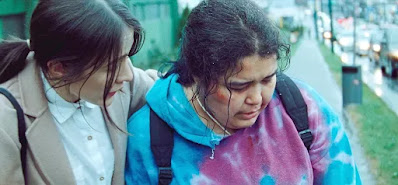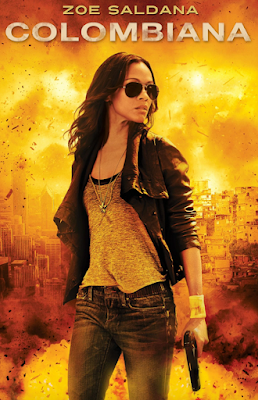Wonders in the Dark is having a “Former Soviet Bloc” film polling. The films can either be classics prior to the break-up of U.S.S.R or new contemporary works. That makes this a tough decision but here is my vote for the top 20 films.
1. Dekalog (1989/90, Poland, Krzysztof Kieslowski)
2. Underground (1995, Yugoslavia, Emir Kusturica)
3. Satantango (1994, Hungary, Béla Tarr)
4. Closely Watched Trains (1966, Czechoslovakia, Jirí Menzel)
5. Ashes and Diamonds (1958, Poland, Andrzej Wajda)
6. Man Is Not A Bird (1965, Yugoslavia, Dusan Makavejev)
7. The Death of Mr. Lazarescu (2005, Romania, Cristi Puiu)
8. My Joy (2010, Ukraine, Sergey Loznitsa)
9. Revenge (1989, Kazakhstan, Ermek Shinarbaev)
10. Loves of a Blond (1965, Czechoslovakia, Milos Forman)
11. Daisies (1966, Czechoslovakia, Vera Chytilová)
12. Ikarie XB1 (1963, Czechoslovakia, Jindrich Polák)
13. 4 Months, 3 Weeks and 2 Days (2007, Romania, Cristian Mungiu)
14. Innocence Unprotected (1968, Yugoslavia, Dusan Makavejev)
15. Police, Adjective (2009, Romania, Corneliu Porumboiu)
16. Werckmeister Harmonies (2000, Hungary, Béla Tarr/Ágnes Hranitzky)
17. I Do Not Care If We Go Down In History As Barbarians (2018, Romania, Radu Jude)
18. The Turin Horse (2011, Hungary, Béla Tarr/Ágnes Hranitzky)
19. Mirage (2004, Macedonia, Svetozar Ristovski)
20. Cabaret Balkan (1998, Yugoslavia, Goran Paskaljevic)
































